At least two people were killed after New Zealand was hit by a powerful earthquake on Sunday as residents were warned to move to higher ground to avoid tsunami waves.
The 7.4-magnitude earthquake struck New Zealand’s South Island, shaking residents awake and causing damage to buildings and roads.
Tsunami gauges recorded a wave of 2.5m at Kaikoura and a 1m wave in Christchurch, according to Weatherwatch.co.nz.
The powerful earthquake near Christchurch caused strong tremors to be felt more than 200 kilometres away in the capital of Wellington.
The quake was followed by a number of strong aftershocks.
The quake temporarily knocked out New Zealand’s emergency call number, 111, police reported. It caused items to fall from shelves and windows to break in Wellington, and forced hundreds of tourists to be evacuated from hotels and buildings.
There were no immediate reports of serious injuries in the city, the Associated Press reports.
Article continues below pictures:


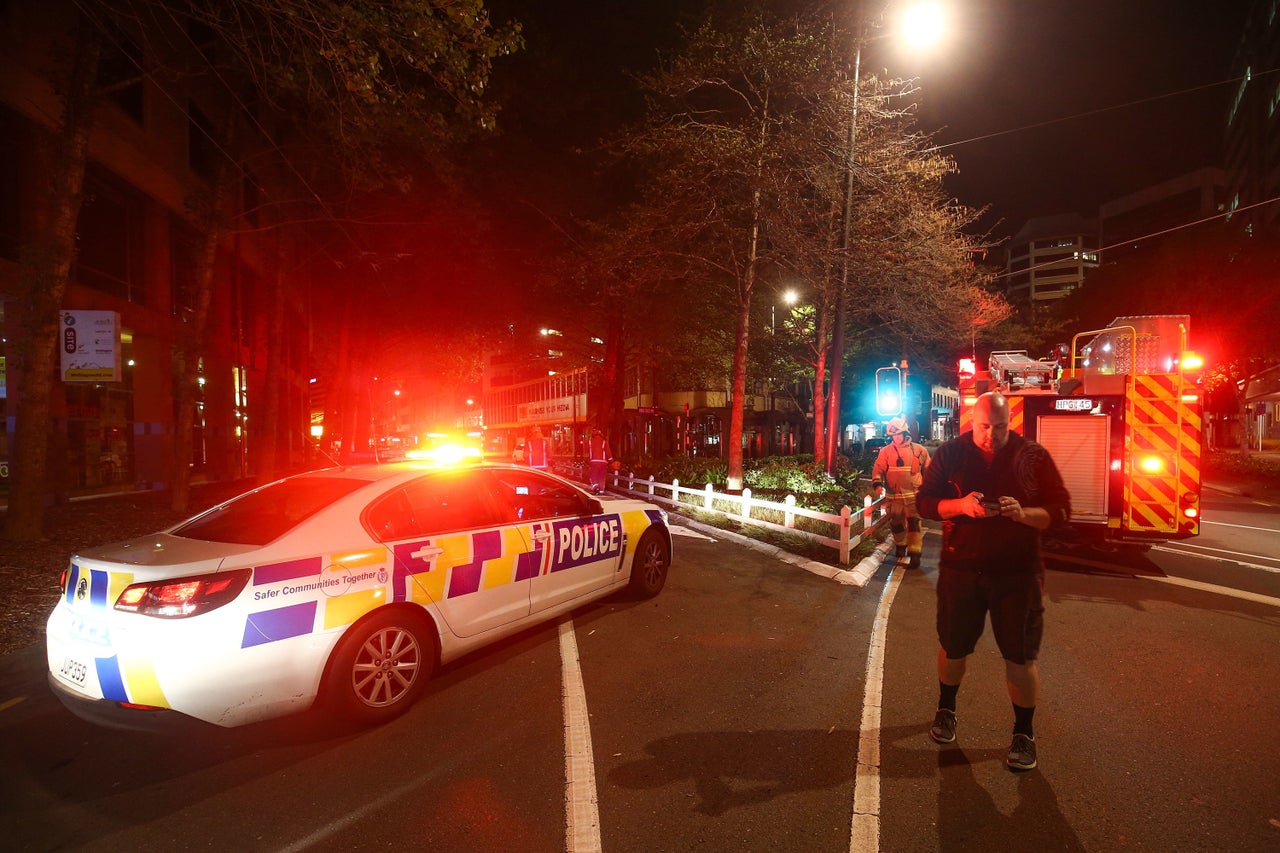
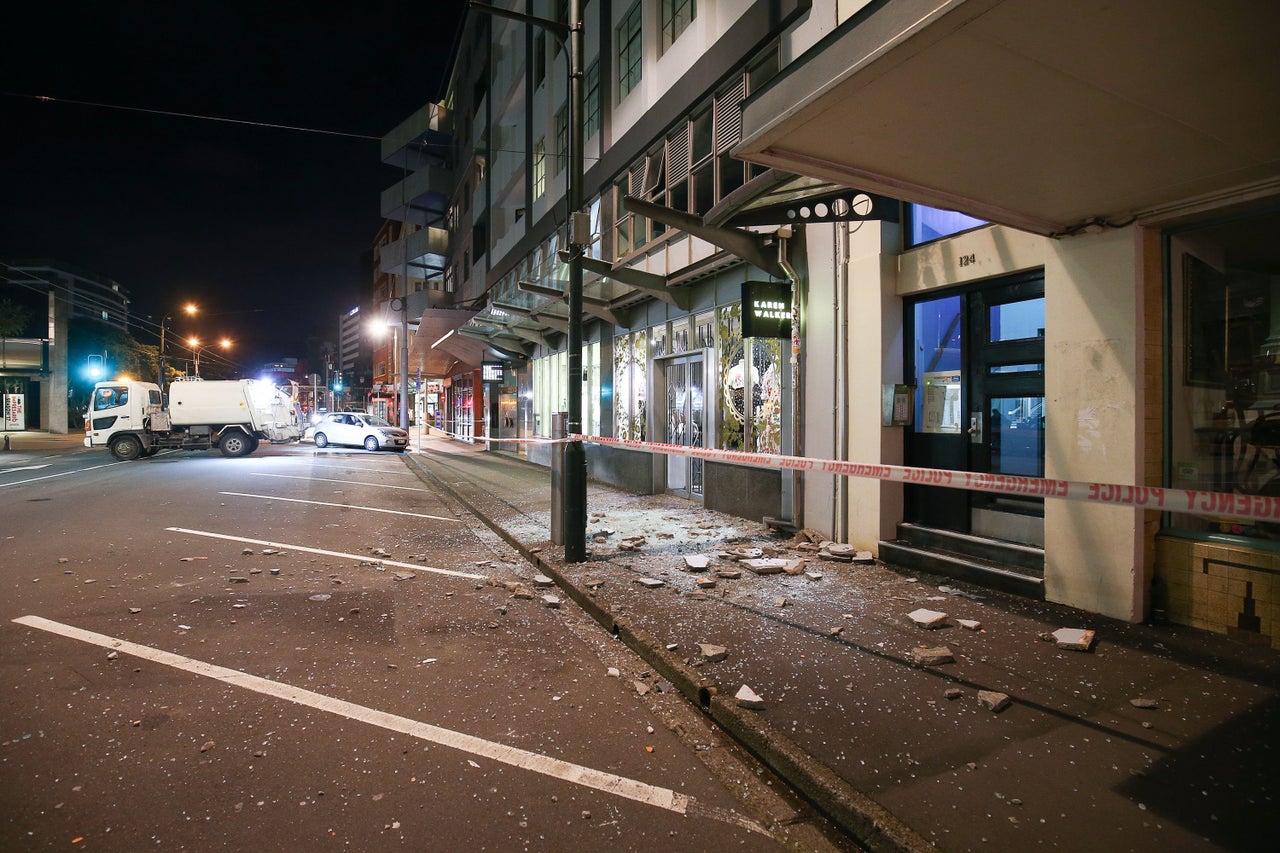
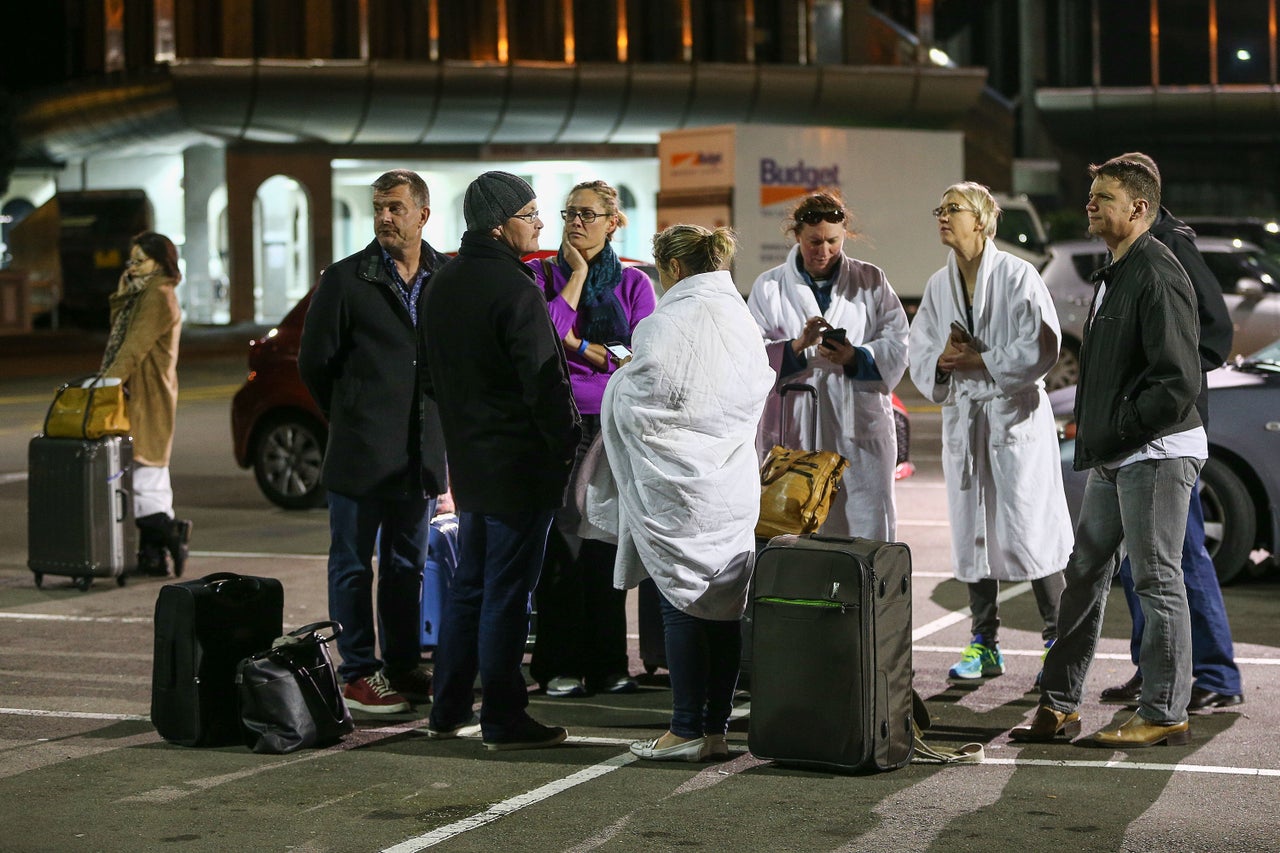

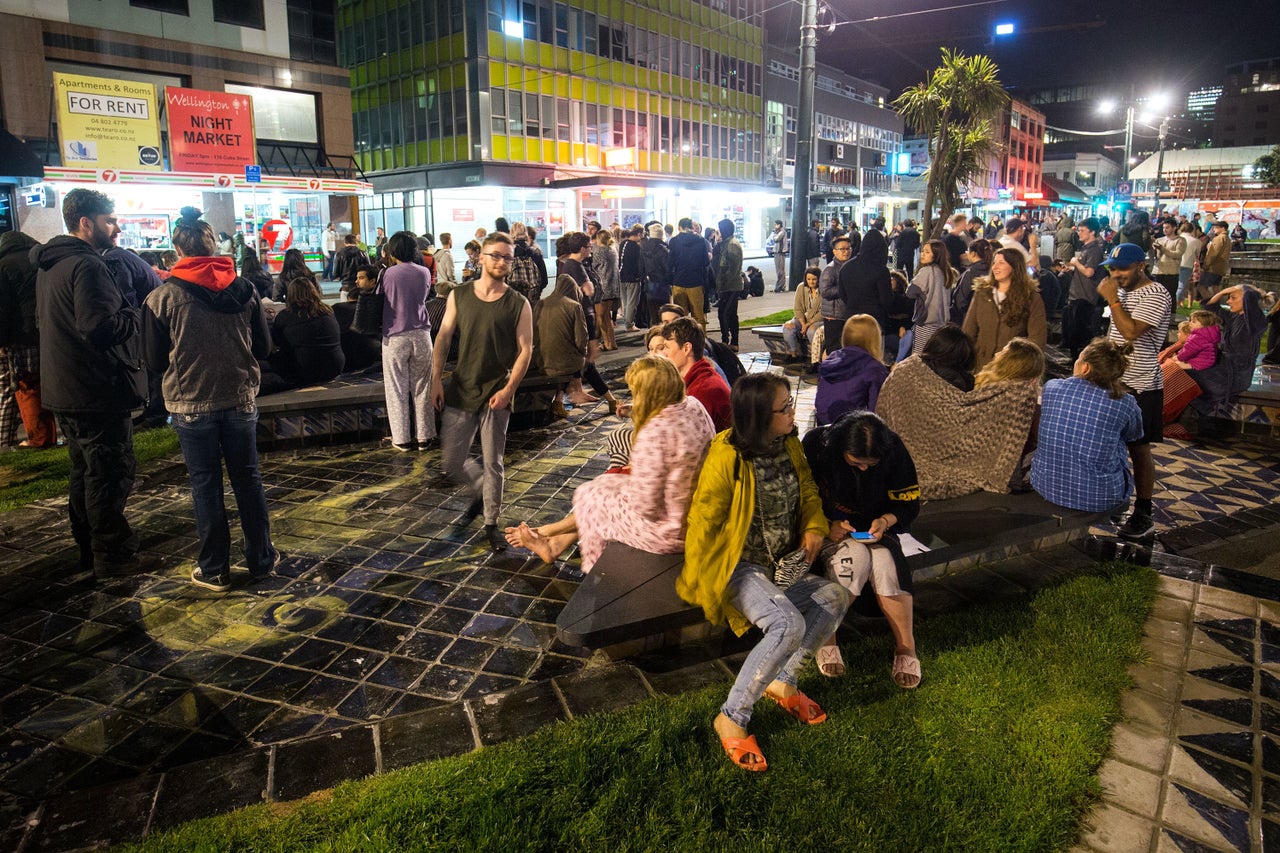
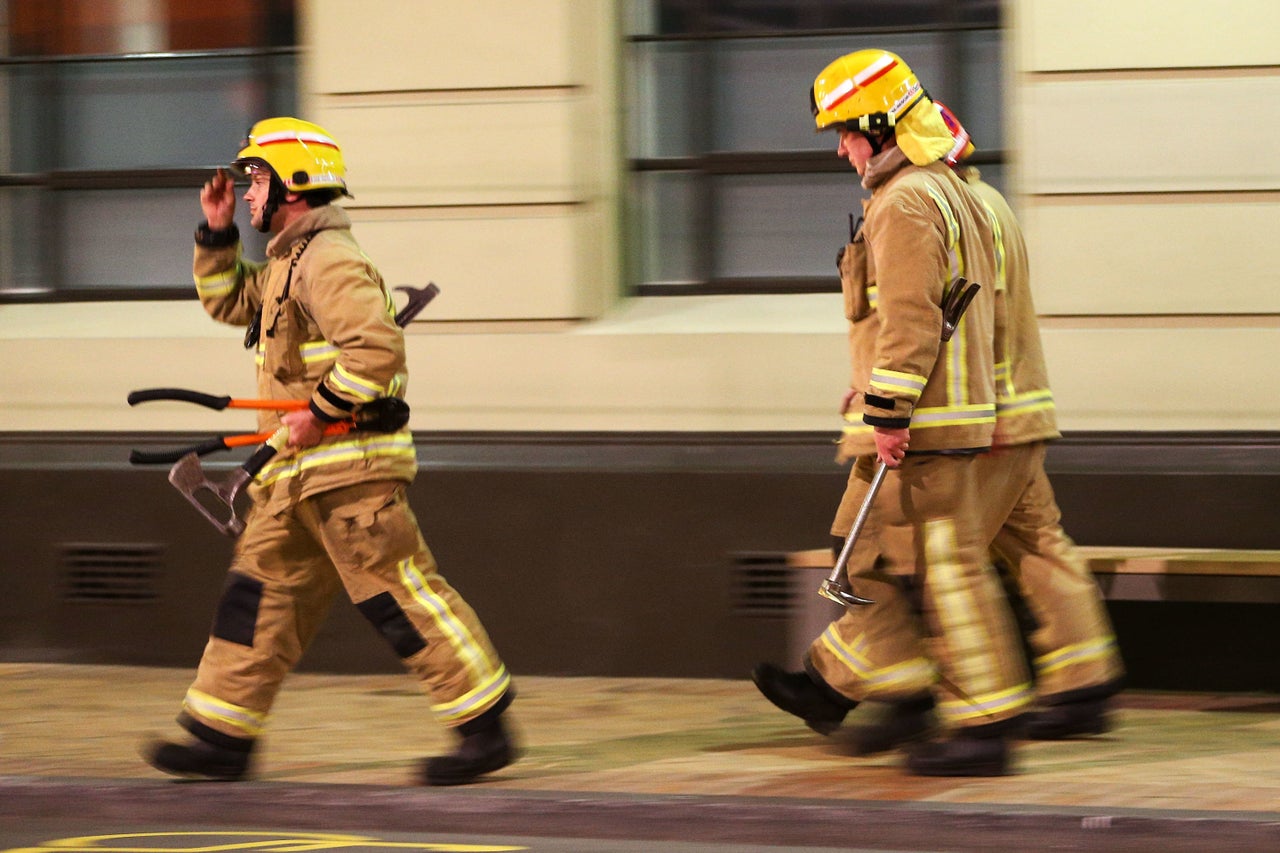








Despite earlier reassurance that there was no threat of a tsunami, the NZ Ministry of Civil Defence and Emergency Management (MCDEM) warned that a tsunami was “possible”.
Those on the eastern coast were urged to move to higher ground.
The earthquake struck shortly after midnight.
It was centered 93 kilometers (57 miles) northeast of Christchurch, according to the US Geological Survey. It was at a relatively shallow depth of 10 kilometers (6 miles).
Earthquakes tend to be more strongly felt on the surface when they’re shallow.
Information from the Pacific Tsunami Warning Center indicated that the tsunami waves could be highest around the South Island town of Kaikoura, at about 1.5 meters (5 feet).
The Hawaii-based center said it did not expect the quake to generate a destructive Pacific-wide tsunami.
Images were posted on social media of the damage the earthquake did to people’s homes.
While there were no immediate reports of any major damage or injuries in Christchurch, the quake brought back memories of a magnitude-6.3 earthquake that struck the city in 2011, destroying much of the downtown area and killing 185 people in one of New Zealand’s worst disasters.
In Wellington, 214 kilometers (132 miles) north of the quake’s epicenter, power was knocked out in some places, and some windows were smashed and some chimneys collapsed.
The quake was centered 93 kilometers (57 miles) northeast of Christchurch, according to the U.S. Geological Survey.
The USGS initially estimated that the earthquake had a magnitude of 7.4 before revising it to 7.8. It said the quake struck at a depth of 23 kilometers (14 miles), after initially putting the depth at 10 kilometers (6 miles). Earthquakes tend to be more strongly felt on the surface when they’re shallow.
New Zealand sits on the “Ring of Fire,” an arc of seismic faults around the Pacific Ocean where earthquakes are common.